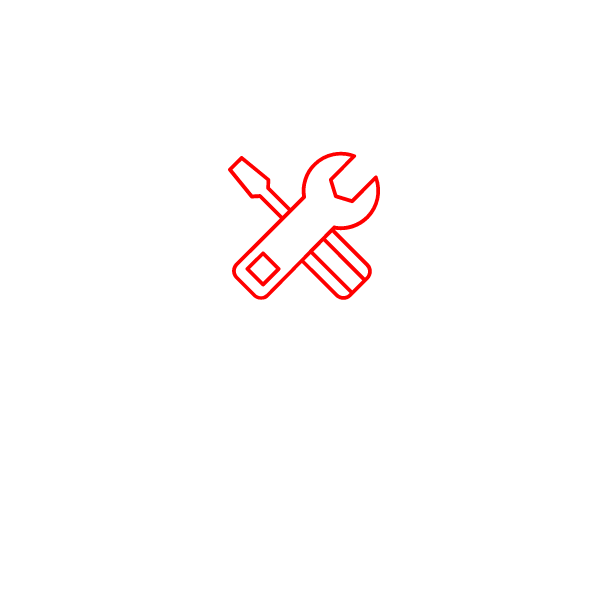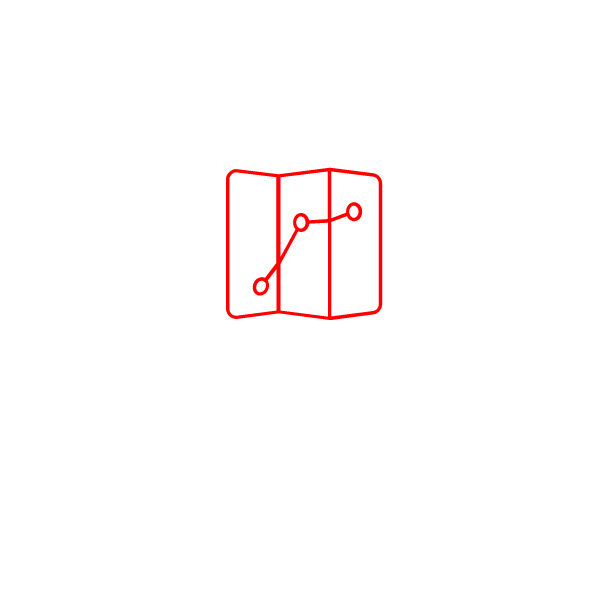 Hybrid Power
Hybrid Power All Rally1 cars are fitted with 100kW plug-in hybrid units that produce over 500 horsepower when combined with the 1.6 litre internal combustion engine. The crews deploy the additional electrical energy through an automatic system dictated by pre-programmed engine maps. These maps are be based on the driver’s use of the throttle and brake pedal, allowing the additional energy to be released and regenerated in a bespoke manner dependant on driving style, road conditions and stage characteristics.
-01.png)





















